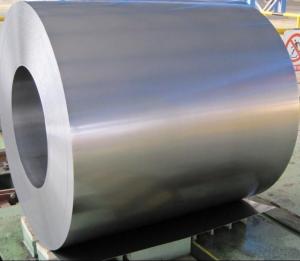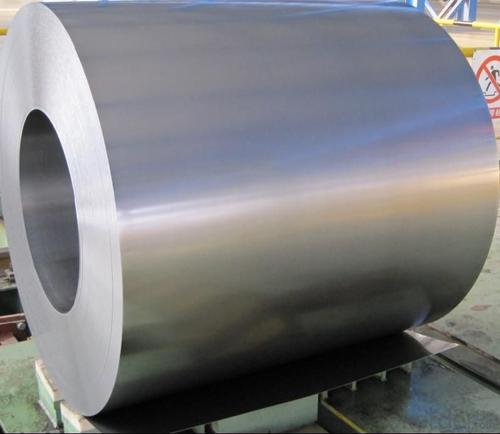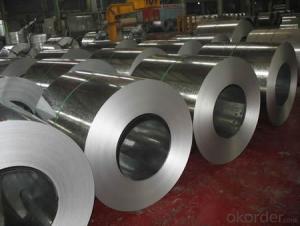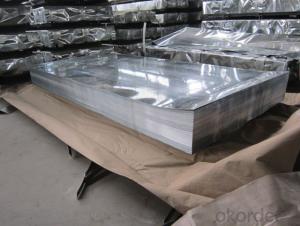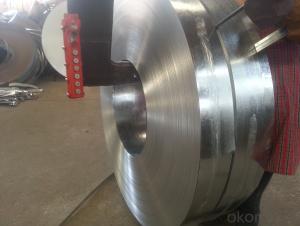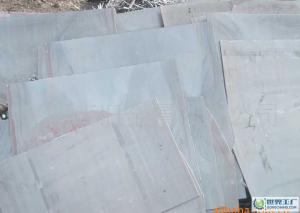Hot Dip Galvanized Steel Sheets-Hot Sale
- Loading Port:
- Shanghai
- Payment Terms:
- TT OR LC
- Min Order Qty:
- 100 m.t.
- Supply Capability:
- 10000 m.t./month
OKorder Service Pledge
OKorder Financial Service
You Might Also Like
Hot-dip Zinc Coating Steel Building Roof Walls
1.Structure of Hot-Dip Galvanized Steel Sheet Description:
Hot-dip galvanized steel coils are available with a pure zinc coating through the hot-dip galvanizing process. It offers the economy, strength and formability of steel combined with the corrosion resistance of zinc. The hot-dip process is the process by which steel gets coated in layers of zinc to protect against rust. It is especially useful for countless outdoor and industrial applications. Production of cold formed corrugated sheets and profiles for roofing, cladding, decking, tiles, sandwich walls, rainwater protective systems, air conditioning duct as well as electrical appliances and engineering.
2.Main Features of the Hot-Dip Galvanized Steel Sheet:
• Excellent process capability
• Smooth and flat surface
• Workability, durability
• Excellent anticorrosive property
• High strength
• Good formability
• Good visual effect
3.Hot-Dip Galvanized Steel Sheet Images:
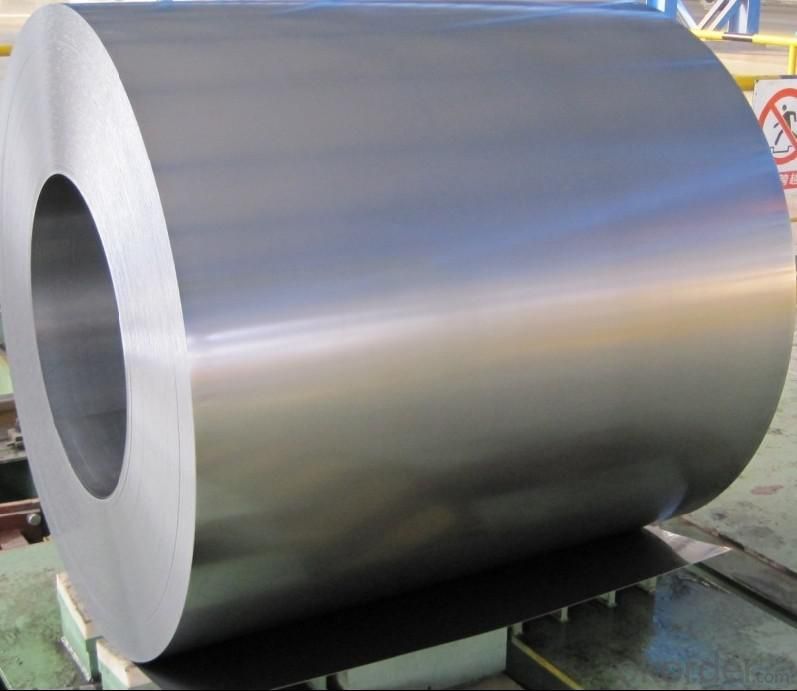
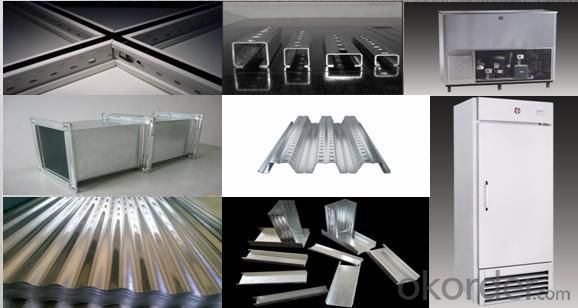
4.Hot-Dip Galvanized Steel Sheet Specification:
Standard: ASTM, JIS,EN
Grade: CS, DX51D+Z,SGCC, SS 230~550,S220GD+Z~S550GD+Z, SGC340~SGC570
Thickness: 0.1mm~5mm
Width: max 2000mm
Coil weight:3-12 MT
Coil ID:508/610mm
Surface structure: zero spangle, regular spangle or minimum spangle
Surface treatment: Chromate treatment, Oiled/dry, skinpassed/non-skinpassed
Packing: Standard seaworthy export package
Technology test results:
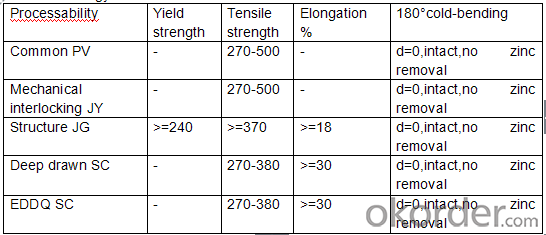
5.FAQ of Hot-Dip Galvanized Steel Sheet:
We have organized several common questions for our clients,may help you sincerely:
1.How about your company?
A world class manufacturer & supplier of castings forging in carbon steel and alloy steel,is one of the large-scale professional investment casting production bases in China,consisting of both casting foundry forging and machining factory. Annually more than 8000 tons Precision casting and forging parts are exported to markets in Europe,America and Japan. OEM casting and forging service available according to customer’s requirements.
2.How to guarantee the quality of the products?
We have established the international advanced quality management system,every link from raw material to final product we have strict quality test;We resolutely put an end to unqualified products flowing into the market. At the same time, we will provide necessary follow-up service assurance.
3. How long can we receive the product after purchase?
Usually within thirty working days after receiving buyer’s advance payment or LC. We will arrange the factory manufacturing as soon as possible. The cargo readiness usually takes 15-30 days, but the shipment will depend on the vessel situation.
- Q: Can steel sheets be used for cladding?
- Yes, steel sheets can be used for cladding.
- Q: Do steel sheets have any magnetic properties?
- Yes, steel sheets can have magnetic properties. The magnetic properties of steel sheets depend on the composition and processing methods used. Some steels, such as carbon steels, are not inherently magnetic, while others, such as stainless steels, can exhibit magnetic behavior.
- Q: What is the process of polishing steel sheets?
- Achieving a smooth and shiny finish on steel sheets involves a series of steps. Firstly, the surface is cleaned to eliminate any dirt, oil, or debris, typically by employing a degreaser or solvent. Following this, abrasive materials like sandpaper or a sanding belt are utilized to sand the sheets, thus eliminating visible scratches and imperfections. Once sanded, a polishing compound or paste is usually applied and rubbed into the surface with a cloth or buffing wheel. This compound aids in removing any remaining scratches and revealing the natural shine of the steel. To further enhance the shine and smoothness, a finer polishing compound may be employed, repeating the process until the desired level of polish is achieved. Finally, the sheets are meticulously cleaned and inspected to ensure they meet the desired quality standards, including the removal of any remaining polishing compound residue and the identification of any remaining imperfections. In conclusion, the process of polishing steel sheets necessitates careful cleaning, sanding, and polishing to attain a smooth and shiny finish. The specific techniques and materials employed may vary depending on the desired level of polish and the type of steel being polished.
- Q: Can the steel sheets be easily drilled or machined?
- Yes, steel sheets can be easily drilled or machined. Steel is a versatile material that can be easily worked with using various tools and techniques. Drilling and machining steel sheets is a common practice in industries such as construction, manufacturing, and engineering. With the right equipment and expertise, steel sheets can be drilled or machined to create holes, shape the material, or achieve specific dimensions as needed for a particular application.
- Q: What is the maximum load-bearing capacity of steel sheets?
- The maximum load-bearing capacity of steel sheets can vary depending on the specific type and thickness of the steel sheet. Generally, steel sheets are known for their high strength and durability, allowing them to support heavy loads. The load-bearing capacity of steel sheets is typically measured in terms of its yield strength or ultimate tensile strength. Yield strength refers to the maximum amount of stress that a steel sheet can withstand before it begins to deform permanently, while ultimate tensile strength refers to the maximum stress it can handle before fracturing. The load-bearing capacity of steel sheets can range from a few hundred pounds to several thousand pounds per square inch (psi). For example, mild steel sheets typically have a yield strength of around 50,000 psi, allowing them to support moderate loads. High-strength steel sheets, on the other hand, can have a yield strength of over 100,000 psi, enabling them to withstand heavy loads. It's important to note that the load-bearing capacity of steel sheets can also be influenced by factors such as the sheet's dimensions, surface condition, and the method of support. Additionally, engineers and structural designers often consider safety margins and factor of safety when determining the maximum load-bearing capacity of steel sheets in specific applications. Therefore, it is recommended to consult relevant engineering standards, specifications, or professionals for accurate load-bearing capacity information in a particular context.
- Q: What is the difference between a self-color and painted steel sheet?
- A self-color steel sheet refers to a sheet of steel that has not been coated or treated with any additional colors or finishes. It retains the natural color and appearance of the steel surface, which is typically a metallic gray or silver. On the other hand, a painted steel sheet is one that has been coated with a layer of paint or other protective finish. This coating serves multiple purposes, including enhancing the aesthetic appeal of the steel sheet, providing additional protection against rust and corrosion, and increasing the sheet's durability. The primary difference between a self-color and painted steel sheet lies in the presence or absence of a coating. While a self-color sheet maintains the raw and natural appearance of the steel, a painted sheet offers a wide range of color options, allowing for customization and harmonization with various design schemes. Additionally, the presence of a paint or protective coating on a steel sheet provides an extra layer of protection against environmental factors, such as moisture, chemicals, and UV rays. This helps prevent the steel from corroding or deteriorating over time, extending its lifespan and ensuring its performance in various applications. In summary, the main difference between a self-color and painted steel sheet is the presence or absence of a coating. While a self-color sheet retains the natural appearance of steel, a painted sheet offers added protection, customization options, and aesthetic appeal.
- Q: Can steel sheets be used for making shipping containers?
- Steel sheets are indeed suitable for the construction of shipping containers. In reality, steel is the preferred material for building shipping containers because of its robustness, durability, and ability to withstand diverse weather conditions and environmental elements. Typically, steel sheets are cut, bent, and welded together to create the walls, roof, and floor of the container. This construction technique guarantees the container's strength and ability to endure the challenges of transportation, such as stacking, lifting, and exposure to harsh marine environments. Moreover, steel containers can be easily tailored and adjusted to fulfill specific requirements for storing and transporting cargo.
- Q: Are steel sheets corrosion-resistant?
- Yes, steel sheets can be corrosion-resistant depending on their composition and treatment. Stainless steel, for example, is known for its excellent corrosion resistance due to its high chromium content. This chromium forms a protective oxide layer on the surface that prevents further corrosion. Galvanized steel sheets are also corrosion-resistant as they are coated with a layer of zinc that acts as a barrier against corrosion. However, it is important to note that the corrosion resistance of steel can vary depending on factors such as the environment, exposure to chemicals, and maintenance. Regular inspection and maintenance are necessary to ensure the long-term corrosion resistance of steel sheets.
- Q: What are the different standards and certifications for steel sheets?
- Steel sheets must adhere to numerous standards and certifications in order to ensure their quality and compliance with industry requirements. Some of the well-known ones are: 1. ASTM International: To establish the mechanical and chemical properties of steel sheets, ASTM A1008/A1008M provides a standard specification for cold-rolled, carbon, structural, high-strength low-alloy steel sheets with improved formability. 2. American Iron and Steel Institute (AISI): Various standards are offered by AISI for different types of steel sheets, such as AISI 4130, AISI 4140, AISI 4340, etc. These standards outline the chemical composition, mechanical properties, and heat treatment requirements for specific steel sheet types. 3. International Organization for Standardization (ISO): ISO has developed standards like ISO 3574, ISO 630, and ISO 4998 to cover dimensional tolerances, mechanical properties, and technical delivery conditions for specific steel sheet grades. 4. European Committee for Standardization (CEN): CEN has defined requirements for cold-rolled, hot-rolled, and high-strength steel sheets through standards like EN 10130, EN 10025, and EN 10149 respectively. These standards encompass aspects such as chemical composition, mechanical properties, and surface finish. 5. Japan Industrial Standards (JIS): JIS standards like JIS G 3141, JIS G 3131, and JIS G 3132 are widely used for cold-rolled, hot-rolled, and hot-rolled high-strength steel sheets respectively. They specify the mechanical properties, chemical composition, and dimensional tolerances of steel sheets. Furthermore, steel sheet manufacturers can obtain various certifications to demonstrate their adherence to specific quality and environmental management systems. Some widely recognized certifications in the steel industry include ISO 9001 (Quality Management System), ISO 14001 (Environmental Management System), and OHSAS 18001 (Occupational Health and Safety Management System). These certifications guarantee that manufacturing processes and products meet the required standards while being produced in an environmentally sustainable and safe manner.
- Q: Can steel sheets be used for manufacturing musical instruments?
- Yes, steel sheets can be used for manufacturing musical instruments. Steel is a versatile material that can be shaped and tuned to produce various sounds. It is commonly used in instruments like steel guitars, steel drums, and some percussion instruments.
Send your message to us
Hot Dip Galvanized Steel Sheets-Hot Sale
- Loading Port:
- Shanghai
- Payment Terms:
- TT OR LC
- Min Order Qty:
- 100 m.t.
- Supply Capability:
- 10000 m.t./month
OKorder Service Pledge
OKorder Financial Service
Similar products
Hot products
Hot Searches
Related keywords
